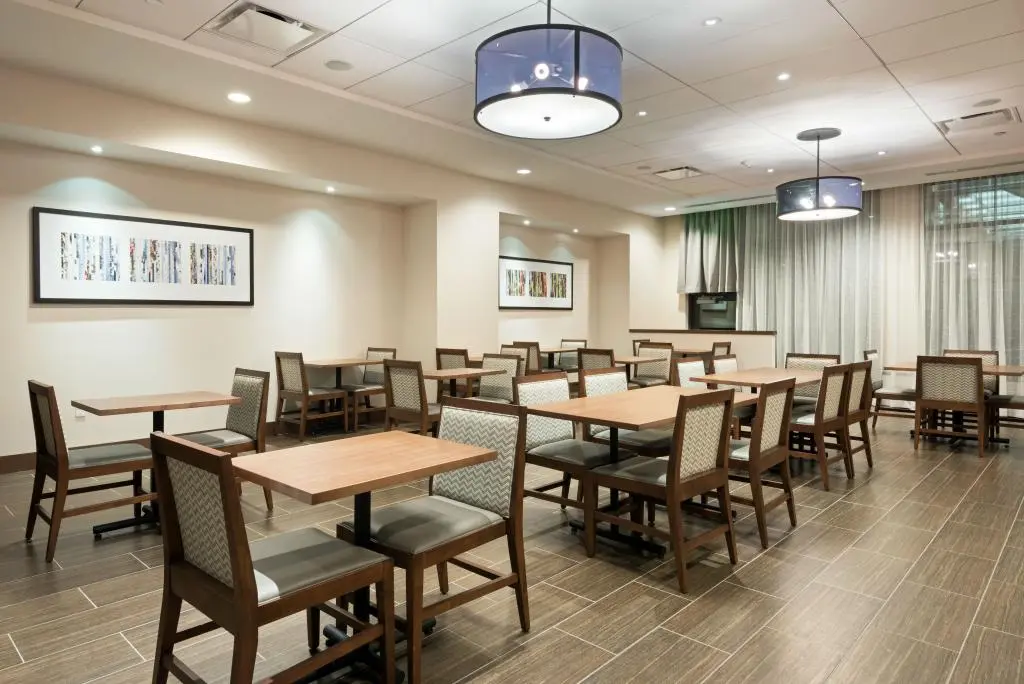University dining services have come a long way from the days of basic cafeteria fare. Today, on-campus dining reflects a diverse array of culinary options that cater to various dietary preferences, sustainability, and student engagement. This article explores the evolution of on-campus dining, the trends shaping it, and its impact on student life.

The Historical Context
- Early Days: A brief look at traditional cafeteria-style dining, often focused on quantity over quality.
- Changes Over the Decades: Shifts in food culture and the rise of health consciousness among students.
Current Trends in On-Campus Dining
Diversity of Options
- Global cuisines and local favorites.
- Vegetarian, vegan, gluten-free, and allergen-friendly choices.
Sustainability Initiatives
- Farm-to-table programs and sourcing local ingredients.
- Waste reduction efforts and composting practices.
Technology Integration
- Mobile apps for menu viewing, ordering, and nutrition tracking.
- Contactless payment options and self-service kiosks.
Culinary Experiences
- Pop-up restaurants and themed dining events.
- Cooking classes and workshops that engage students.
Community and Engagement
- Dining halls as social hubs where students connect and collaborate.
- Feedback mechanisms allowing students to influence menu choices.
The Impact on Student Life
- Health and Well-Being: Access to nutritious meals contributes to better physical and mental health.
- Social Dynamics: Dining spaces foster community and build relationships among students.
- Academic Performance: Studies suggest a correlation between nutrition and cognitive function.
Case Studies: Innovative University Dining Programs
University of California, Berkeley
- Commitment to sustainability and local sourcing.
- Unique dining venues offering a variety of global dishes.
New York University
- Diverse dining options reflecting the city’s culinary landscape.
- Focus on dietary restrictions and health-conscious meals.
University of Florida
- Extensive meal plan options and a strong emphasis on student feedback.
- Programs promoting wellness and culinary education.
Conclusion
On-campus dining has transformed into a vital aspect of university life, emphasizing quality, variety, and sustainability. As institutions continue to adapt to student needs and preferences, the future of university dining looks promising. By fostering a culture of health, community, and culinary exploration, universities can enhance the overall student experience.